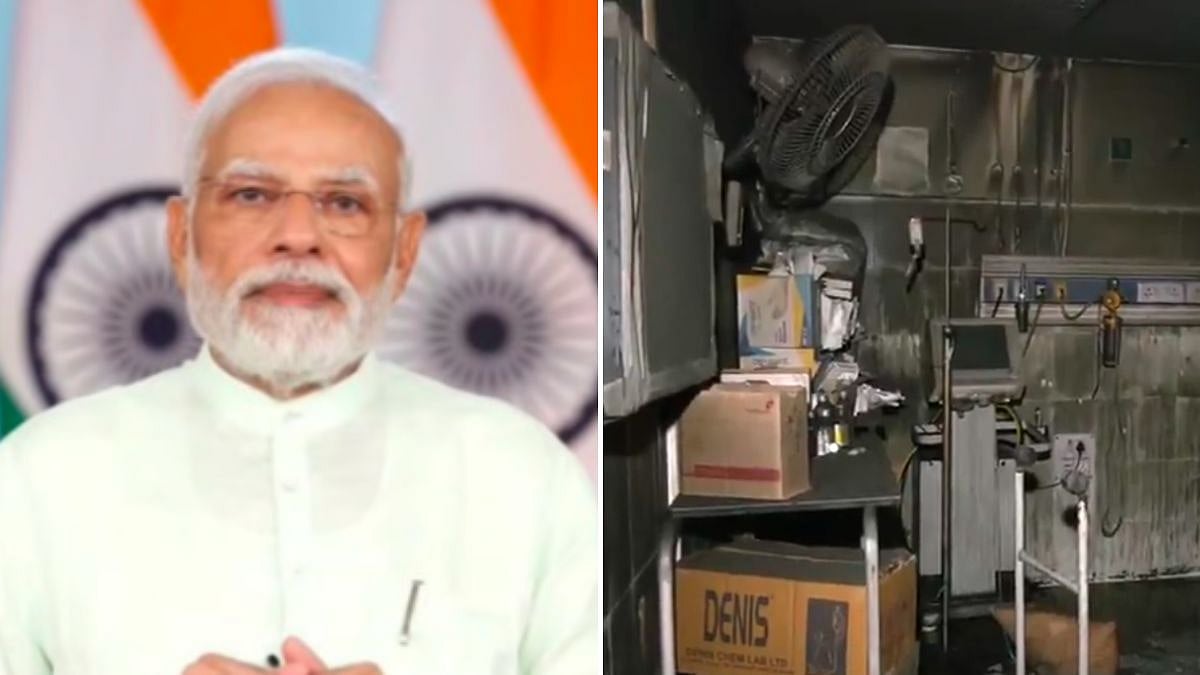When we admire a performing art, one of the most important factors that we carry with ourselves after the performance is the facial expressions of the artistes, for much is conveyed through the expressions. This beauty and subtleness of non-verbal communication is highly regarded and practiced in Mime, a silent theatrical art form.
Kunal Motling, a renowned Mime artist from Mumbai has mastered this art form over the years. He is passionate and dedicated to the art that brings him joy and creative thrill. Kunal will be performing at Kukdukoo art festival on October 2 in Gurugram. The event brings a host of artistes from different parts of India. The Mimer will be performing a 30-minute solo show titled The Monkey Tale. "When the organisers asked me about my performance at the festival I had a monkey poster in front of me so I just said I will do The Monkey Tale,” he laughs.

For Kunal, it all started when he was a kid and admired watching Charlie Chaplin and Mr. Bean shows on television like many of us. But it was only when he represented his college, Ramnarain Ruia College, at an intercollegiate Youth Fest that he realised his passion towards mime. "That was my first ever mime act in front of an audience. I had goosebumps after my performance when I received a standing ovation for my act," recalls Kunal and confesses that it was that day, "when I discovered that I am born for Mime and shall do it until my last breath.”
It wasn't easy for Kunal to walk on the path less travelled. His parents, just like many others, wanted him to focus on academics and secure a government job. "It's not the same now. They have seen my work and the appreciation I receive from my audience. My parents and relatives acknowledge my work," shares the performer, who is also a member of the World Mime Organisation.
From taking up environmental concerns to talking about mental health, Kunal uses his art to create awareness about social issues. He also practices Mime therapy' - a way to train one's facial muscles to treat Attention-Deficit Hyperactivity Disorder (ADHD) among many other mental health and personality issues.

At times, Kunal also hits the streets with his small humorous yet message-oriented acts. Many of his viral videos show him interacting with people on the streets, while he also takes to global stages for his much revered performances. Streets or a formal stage, where do you enjoy performing? we ask. "When it is a stage performance, the audience has voluntarily come to the show. They’re ready to experience what’s put forth to them. However, things get difficult on the streets," says Kunal, adding that social responsibility gets compromised when there is a crowd gathering.

“On streets it’s impromptu. We don’t know what the other person is going through so it gets difficult to display the art, especially when you want to leave a smile on their faces,” says the artiste. He also feels that artistes need to do adequate research before preparing any performance. “Be it in India or abroad, the audience's point of view is important. Only when the communication or act is relatable or re-livable to one’s imagination can the audience enjoy the performance," opines the artiste and shares an anecdote from one of his past performances.
"Once I approached a girl at Marine Lines. She was sad and I wanted to make her smile. I performed a small Mime act for her which made her smile and feel a little better. This is the most encouraging thing for me as an artiste," says Kunal.
An integral part of theatre arts, Mime, in the last few decades seems to have lost its audiences. When asked if adequate steps are taken to bring the art form into the mainstream, Kunal says, "We need to train young enthusiasts and students and make them aware about the art form. It must be introduced in school and college curriculum or made a part of extra-curriculars. This would not only complement students with their bookish knowledge, but also make them expressive which eventually lead to more employment opportunities for existing artistes," says Kunal.







